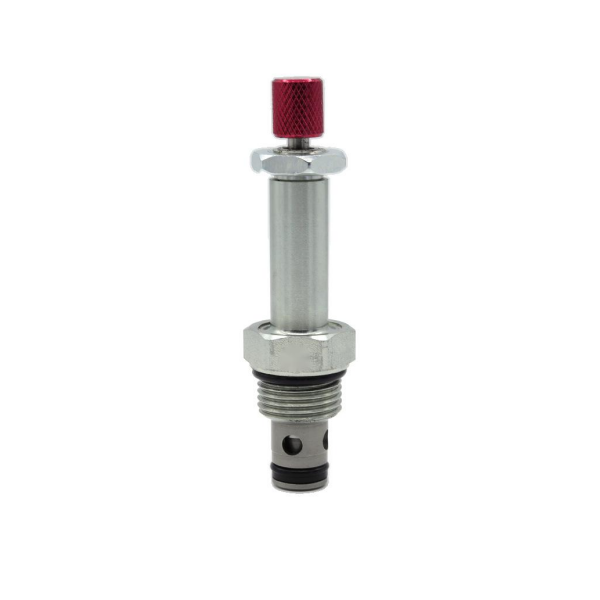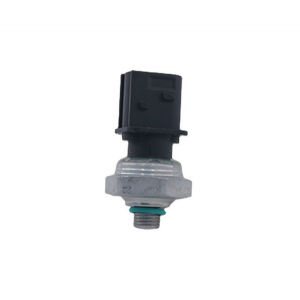Screw cartridge valve flow control valve LFR10-2A-K
Details
Valve action:regulate pressure
Type (channel location):Direct acting type
Lining material:alloy steel
Sealing material:rubber
Temperature environment:normal atmospheric temperature
Applicable industries:machinery
Type of drive:electromagnetism
Applicable medium:petroleum products
Points for attention
Pressure compensation valve
According to the position of the pressure compensation valve in the whole hydraulic circuit, the load-sensitive pressure compensation control system can also be divided into pre-valve pressure compensation load-sensitive system and post-valve pressure compensation load-sensitive system. Pre-valve compensation means that the pressure compensation valve is arranged between the oil pump and the control valve, and post-valve compensation means that the pressure compensation valve is arranged between the control valve and the actuator. After-valve compensation is more advanced than before-valve compensation, mainly in the case of insufficient pump oil supply. If the oil supply of the pump is insufficient, the main valve compensated before the valve will result in more flow to the light load and less flow to the heavy load, that is, the light load moves fast, and each actuator is out of sync when the compound action is performed. However, after-valve compensation does not have this problem, it will distribute the flow provided by the pump in proportion, and synchronize all the actuating elements during compound action. The load sensing system is divided into pre-valve compensation and post-valve compensation. When two or more loads act at the same time, if the flow provided by the main pump is enough to meet the flow required by the system, the functions of pre-valve compensation and post-valve compensation are exactly the same. If the flow provided by the main pump can't meet the flow required by the system, the compensation before the valve is as follows: the flow of the main pump first provides the flow to the load with small load, and then supplies the flow to other loads when the flow requirements of the load with small load are met; The situation of post-valve compensation is: reducing the flow supply of each load compared with the same period of last year (valve opening) to achieve the effect of coordinated action. That is, when the flow provided by the main pump cannot meet the flow required by the system, the flow distribution compensated before the valve is related to the load, while the flow distribution compensated after the valve is not related to the load, but only related to the opening amount of the main valve.
Product specification
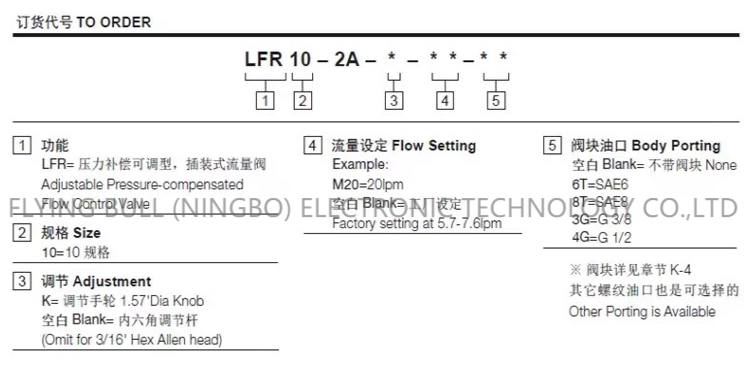

Company details
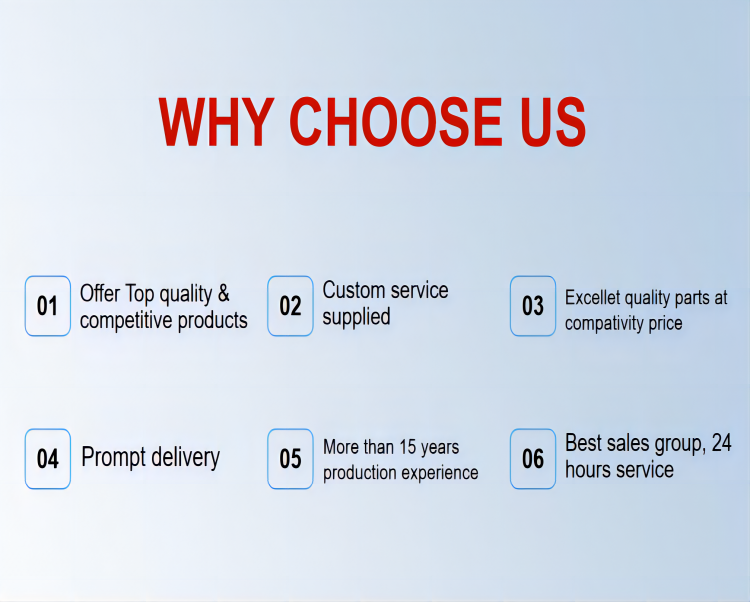
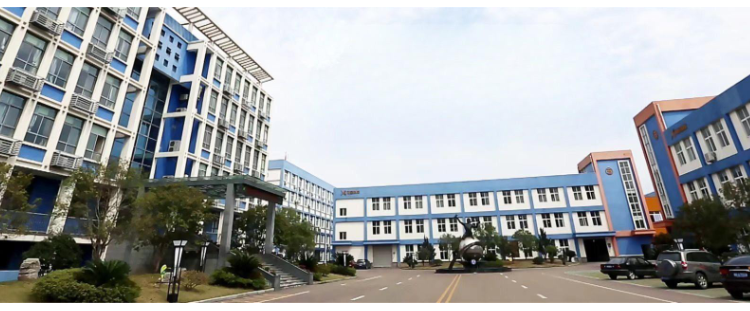





Company advantage
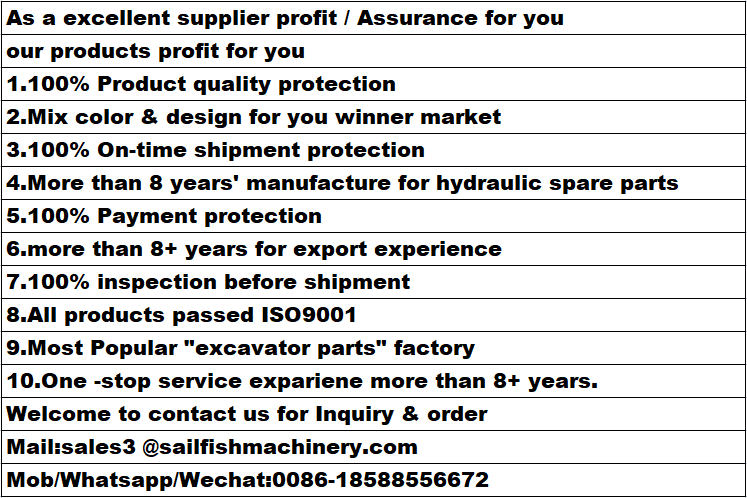
Transportation

FAQ







